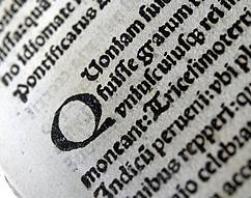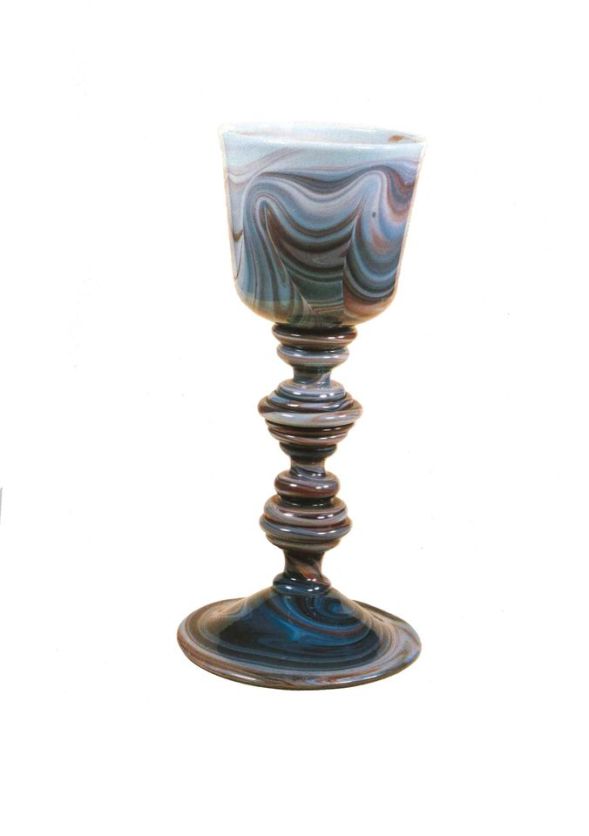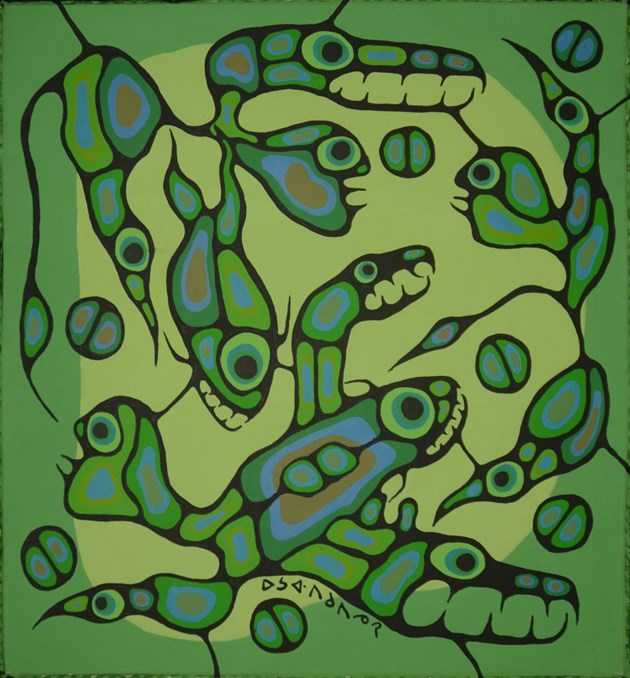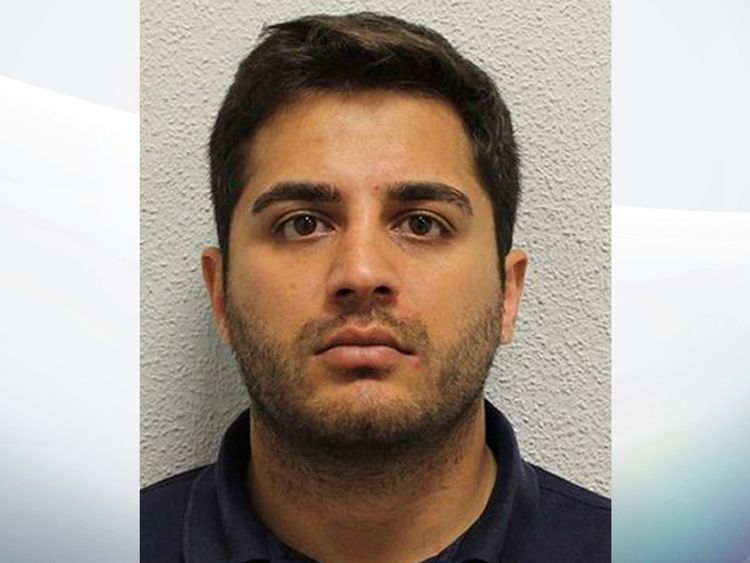“The Museum of Lost Art”: Examining the vulnerability of the world’s treasures

“The Museum of Lost Art”: Examining the vulnerability of the world’s treasures
Carolyn Riccardelli will never forget the day in 2002 when a sculpture named Adam took a terrible fall. The conservator for the Metropolitan Museum of Art says the 6-foot-3-inch “Adam” was gravely damaged after his plywood pedestal buckled.
“I went upstairs and I saw the sculpture in pieces all over the floor. … He was in 28 large pieces and hundreds of small pieces,” Riccardelli told CBS News’ Dana Jacobson.
“This is one of the most important sculptures from the early Renaissance. Certainly in the western hemisphere outside of Italy. And when something like this breaks, we couldn’t accept the loss,” she said.
“Adam” is one of the pieces author and art historian Noah Charney examined in his new book about the vulnerability of the world’s treasures, “The Museum of Lost Art.” How big would a museum of lost art be? Charney says “bigger than all the museums of the world combined.”
“It would have works by every artist you’ve heard of because there really isn’t an artist to exist who doesn’t have works that are lost,” Charney said.

Some lost works are due to theft, like the 13 masterpieces snatched from Boston’s Isabella Stewart Gardner Museum in 1990. The stolen art is valued at around half a billion dollars and included a Rembrandt and Vermeer.
“The theft from the Gardner museum took place on St. Patrick’s Day night. And two people dressed as policemen knocked on the employee entrance and against regulations the security guards that night let them in. The security guards were seized and tied up and gagged and put down in the basement and for about 40 minutes these two thieves went through the museum and they took 13 objects. They stomped on certain works of art that suggests that they were sort of oblivious to their value but they were very careful with others and those works have never been found again. It’s the big mystery there’s many detectives proactively looking for. There’s a $5 million reward if you happen to know where they are and it’s a thorn in the side of the FBI and the investigators because it’s been an open case for so long,” Charney said.
“Few people realize that art that has been called the third highest grossing criminal trade worldwide behind only the drug and arms trade. It’s absolutely enormous and by far the biggest problem is illicit trade in antiquities and that’s been highlighted in 2015 since it’s been overtly clear that ISIS was making a lot of money by selling looted antiquities. So it also funds terrorism. So whether or not you’re an art lover it’s important to take it seriously,” Charney said.
Long before ISIS, there were other wartime villains far worse, according to Charney.
“Napoleon, who was the first to organize a special unit of his army that was dedicated to stealing art and to require when you had an armistice signing him with him when he stopped shooting at you, you have to give him some of your art as payment. But the Nazis were the biggest bad guys. An estimated five million cultural heritage objects changed hands inappropriately during the second World War and many thousands of them are still lost,” he said.
Others have been recovered, including some that were hidden in plain sight like Leonardo da Vinci’s Salvator Mundi. It was purchased for 45 pounds in 1958 but nearly 60 years later would become the most expensive painting ever sold at auction.

“It was sold for $450 million and that’s because it was misidentified as a 19th century pastiche based on a lost Leonardo and it was very dirty and had to be cleaned, provenance research had to be done to make sure it was the real thing. And then all of a sudden the value skyrockets and there are countless stories like this and each one is this beautiful shining diamond in the sand that you spot and you cross your fingers that it’s the real deal but it inspires hope that many of the works that we think are lost for good might be found again,” Charney said. “The problem is that a lot of luck is involved. So you can follow trails but so much of it is buried and has to be buried in organized archaeological expeditions or by chance which can happen sometimes and you have to stare very carefully at what’s hidden in your attic or in a dark corner of your house because you might just have something very precious there.”
Technology, like luck, can also play a role. Using the latest advancements in detection, works we never knew existed by artists like Goya, Picasso and Malevich have been uncovered.
“And one of the ways that they can find lost works is by using a different light spectra to look behind the surface of works of art and there’s these examples of very surprising discoveries like Kazimir Malevich black square which is one of the most famous paintings. Turns out there are two paintings buried underneath it and looking at it with special light spectra that lets you look beneath the surface allows you to not harm the painting itself but to see what’s lying beneath,” Charney said.
And for priceless pieces that suffer damage, like Adam, resurrection can be possible with years of painstaking work.
“The most credit has to go to the conservators not only for their technical skill but for the fact that they didn’t give up on something that was in hundreds of splinters where you might throw up your hands and say it’s a lost cause but now it looks as good as new,” Charney.






















